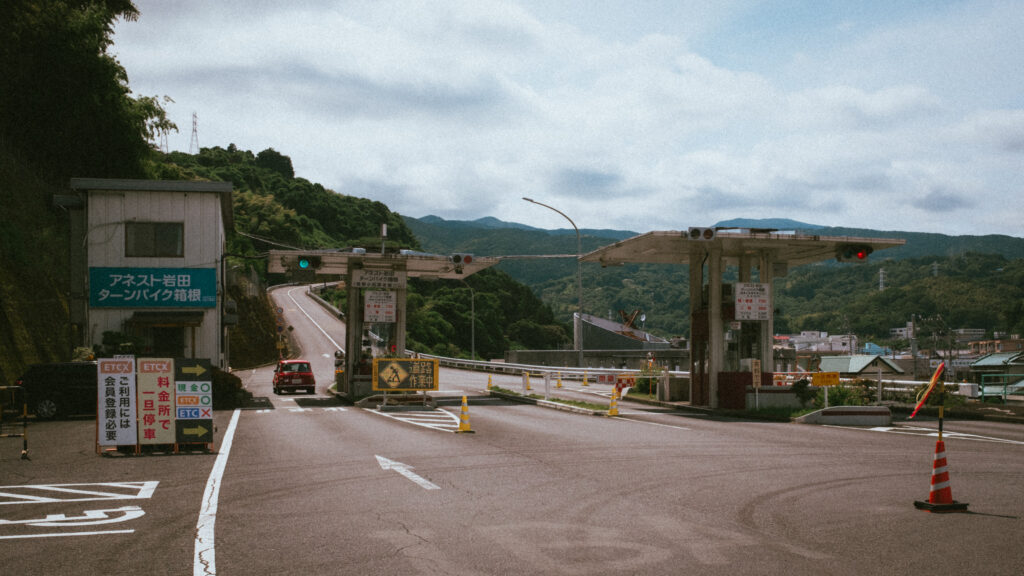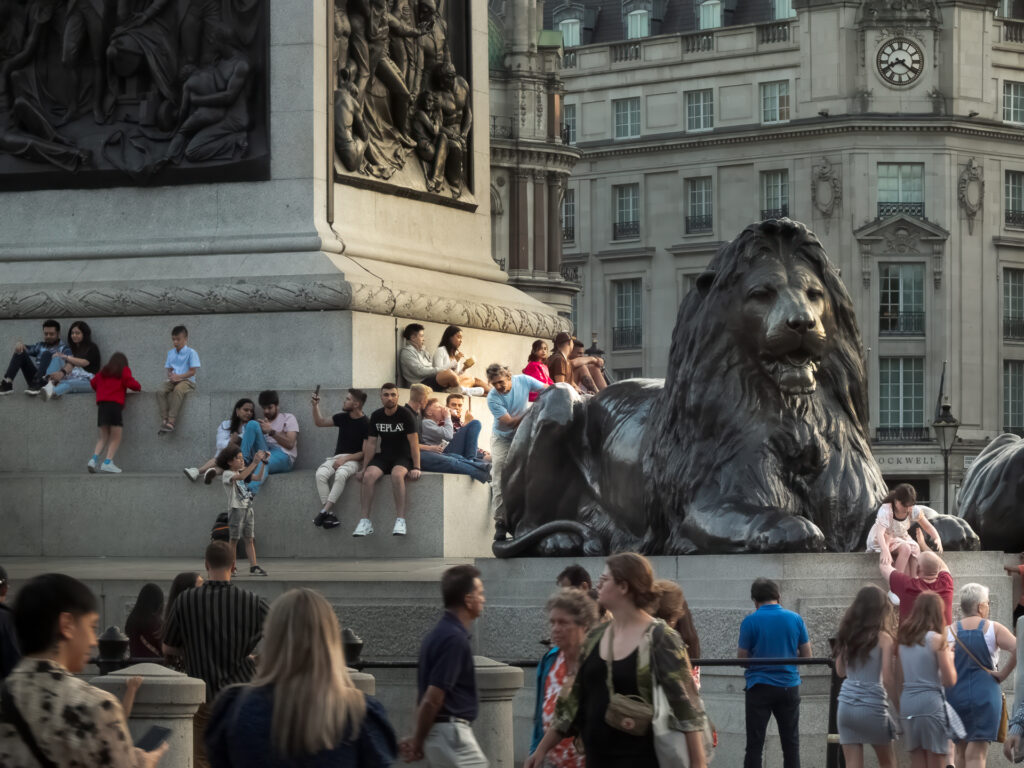It was a balmy midsummer’s morning, which in coastal Japanese terms equates to an omnipresent buzz of cicadas and the thick heavy grasp of coastal humidity that one learns to live with, and perhaps misses, once gone. The location was the Hakone Turnpike – just beyond the southwest corner of Odawara – where nature and motorsport collide.

I had last visited the famed mountain pass road, or “touge”, during my first Japanese pilgrimage back in 2018. Once a commercial bypass route for transport trucks headed to the small towns dotting the surrounding green hills, the pass became an official toll road and test route commissioned by Mazda during the last decade and is now under Central Nippon Expressway ownership. Motorsports enthusiasts, hobbyists, test drivers and professionals alike visit the pass to enjoy cambered switchbacks and a perfectly maintained, tree-lined road surface nestled in the stunningly lush and serene Fuji-Izu-Hakone National Park. A lifelong interest and career in the automotive world was what drew me to the Turnpike that first time in 2018; photography and nature were what brought me back in 2024.

 Contrary to the internet’s depiction of Japanese mountain pass roads, the Turnpike – and most other “touge” roads, for that matter – is devoid of traffic and falls in line with the overall theme of prefectural Japan. That theme being peaceful, quiet and reminiscent of a simpler time. Once the noise and bright lights of Tokyo’s metropolis are in the rearview, nature takes over and a simpler, slower and more agrarian way of life prevails. Traffic is nearly nonexistent with the proliferation of high-speed “Shinkansen” train lines joining urban centres across the mainland. A cultural shift of younger generations migrating towards commercial hubs further reinforces the sense of time standing still. What prevails in the absence of human activity on scale, is infallible nature. Lush, beautifully unreserved and resilient nature at every corner. A juxtaposition of the ultra-modern and overpopulated, with the dated and the underdeveloped – or at other times, abandoned and uninhabited – is quintessentially Japanese and evident all throughout the land.
Contrary to the internet’s depiction of Japanese mountain pass roads, the Turnpike – and most other “touge” roads, for that matter – is devoid of traffic and falls in line with the overall theme of prefectural Japan. That theme being peaceful, quiet and reminiscent of a simpler time. Once the noise and bright lights of Tokyo’s metropolis are in the rearview, nature takes over and a simpler, slower and more agrarian way of life prevails. Traffic is nearly nonexistent with the proliferation of high-speed “Shinkansen” train lines joining urban centres across the mainland. A cultural shift of younger generations migrating towards commercial hubs further reinforces the sense of time standing still. What prevails in the absence of human activity on scale, is infallible nature. Lush, beautifully unreserved and resilient nature at every corner. A juxtaposition of the ultra-modern and overpopulated, with the dated and the underdeveloped – or at other times, abandoned and uninhabited – is quintessentially Japanese and evident all throughout the land.

As if to keep in line with our said juxtaposition, on that forested stretch of road where songbirds flourish, on a turnout overlooking Sagami Bay, the sharp piercing whoosh of an R35 Nissan GT-R’s turbocharged V6 engine reverberates against tree boughs with rising intensity. The smooth throb of a C8 Corvette’s mid-mounted V8 follows, accompanied by the buttery howl of a 992 Porsche’s force-fed flat six. With little time to spare, I prep the sharp and snappy Fujifilm X100VI with continuous AF-C focus tracking, ensuring the selected aperture and ISO matches a fast shutter speed of at least 1/2000th of a second and snap away.

 At the highest point of the snaking route, having passed through lush crags and blind crests, overlooking a sea of green and further towards the horizon, the Pacific, rests the Anest Iwata Sky Lounge. A fitting pit stop for refreshment and homemade soba noodles, a mouthful of fresh Izu mountain air and best of all, one of the best views of Mt. Fuji Japan has to offer. With the clouds having cleared and the noise of the sports cars having subsided, the reward was unlike any other, captured on digital and processed in post using my own film-inspired presets.
At the highest point of the snaking route, having passed through lush crags and blind crests, overlooking a sea of green and further towards the horizon, the Pacific, rests the Anest Iwata Sky Lounge. A fitting pit stop for refreshment and homemade soba noodles, a mouthful of fresh Izu mountain air and best of all, one of the best views of Mt. Fuji Japan has to offer. With the clouds having cleared and the noise of the sports cars having subsided, the reward was unlike any other, captured on digital and processed in post using my own film-inspired presets.



Thanks for reading and stay tuned for more to come.
You can find me on Instagram
– P
Share this post:









Comments
Daniel R on Returning to the Hakone Turnpike
Comment posted: 09/12/2024
https://www.speedhunters.com/2024/11/project-ae86-whole-new-look/
I hope to make it there in-person one day, even more so now!
Comment posted: 09/12/2024